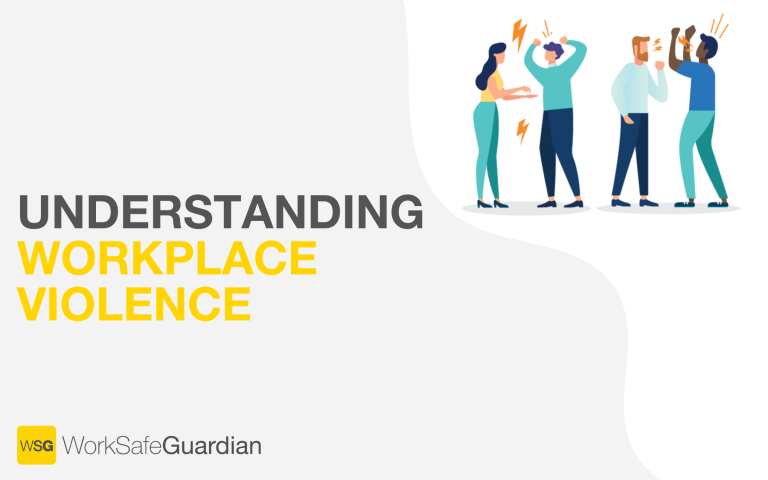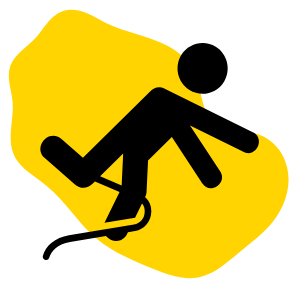
Workplace Violence
In this blog, we explore practical strategies to prevent workplace violence and enhance the safety of lone workers. We discuss the importance of clear policies, effective training, transparent reporting procedures, enhanced security measures, and workplace safety culture.















